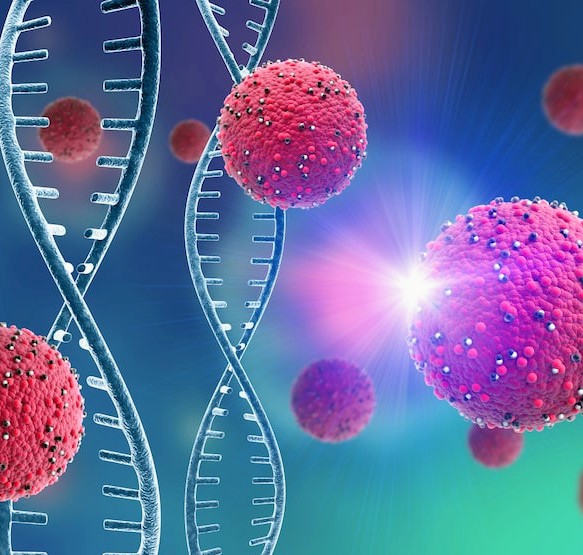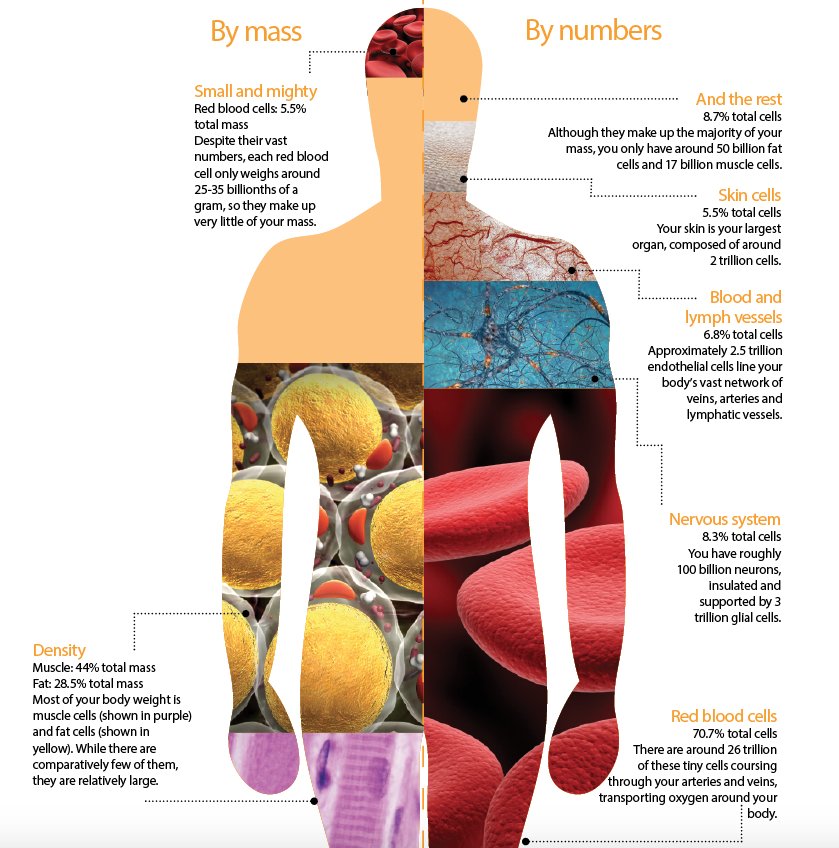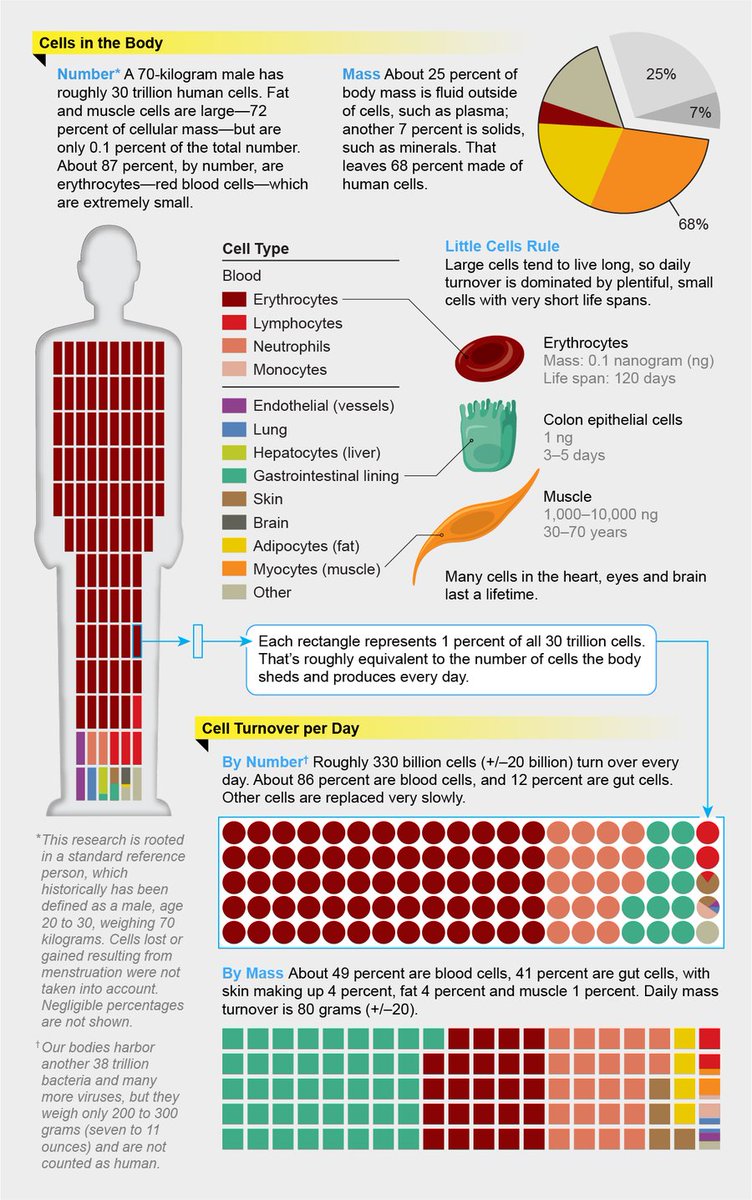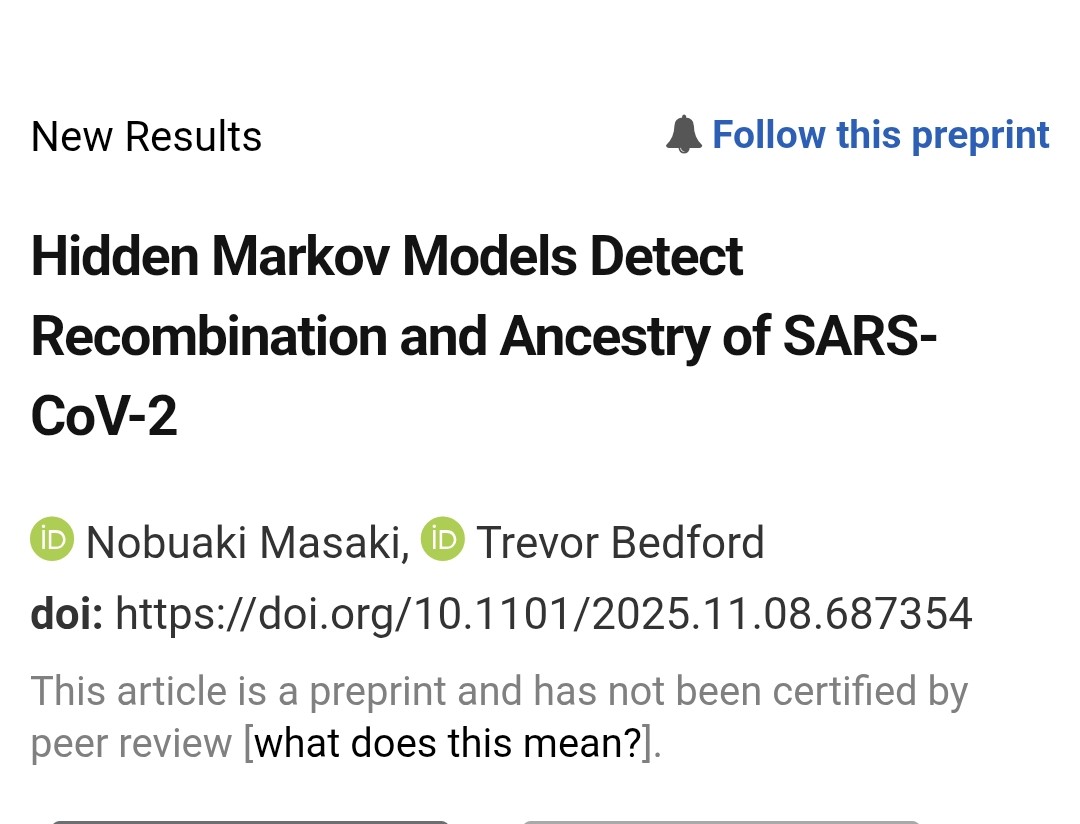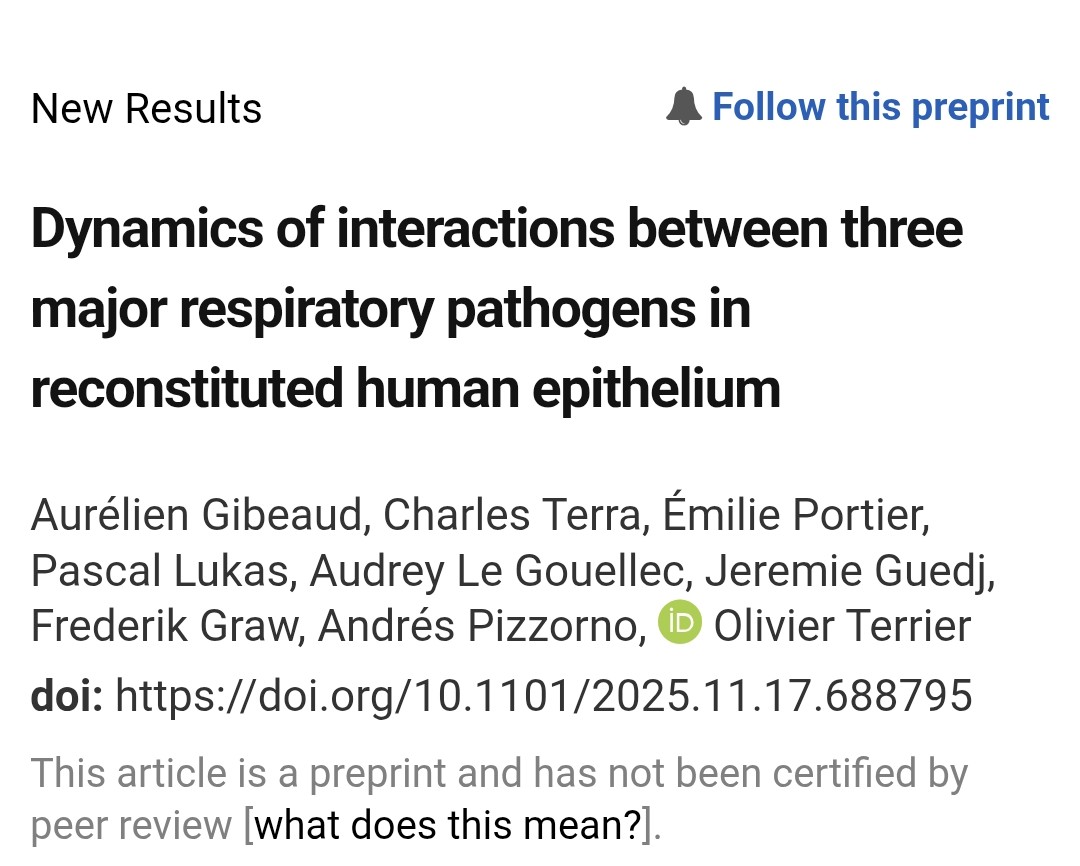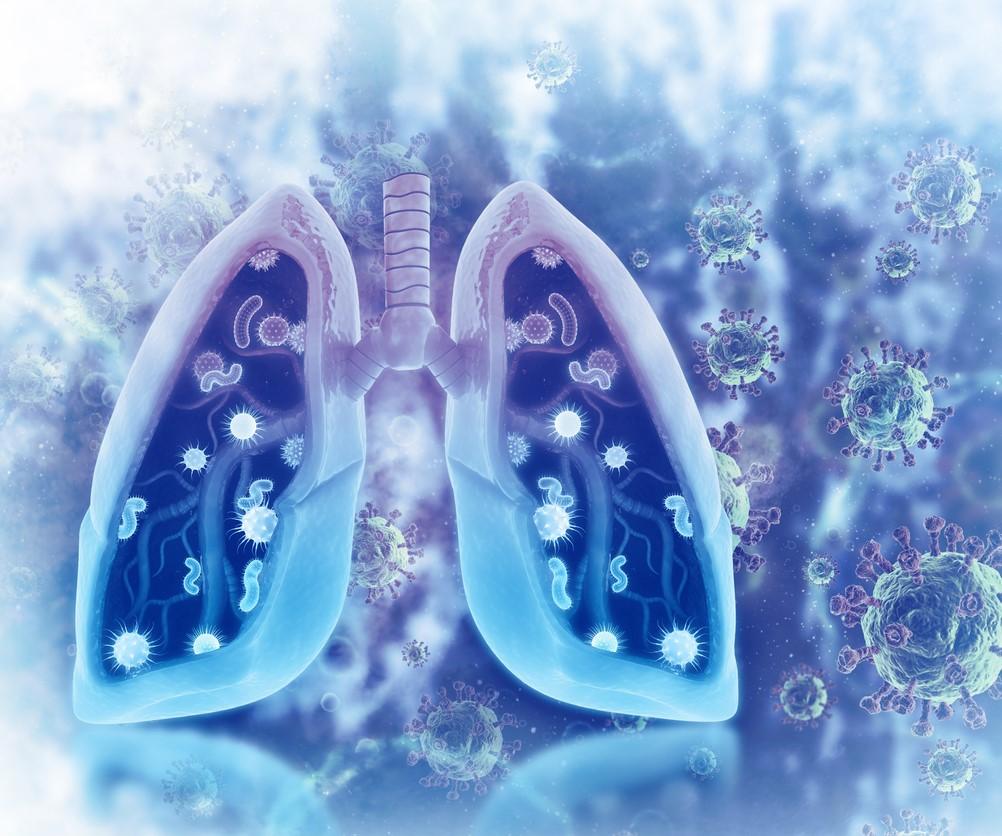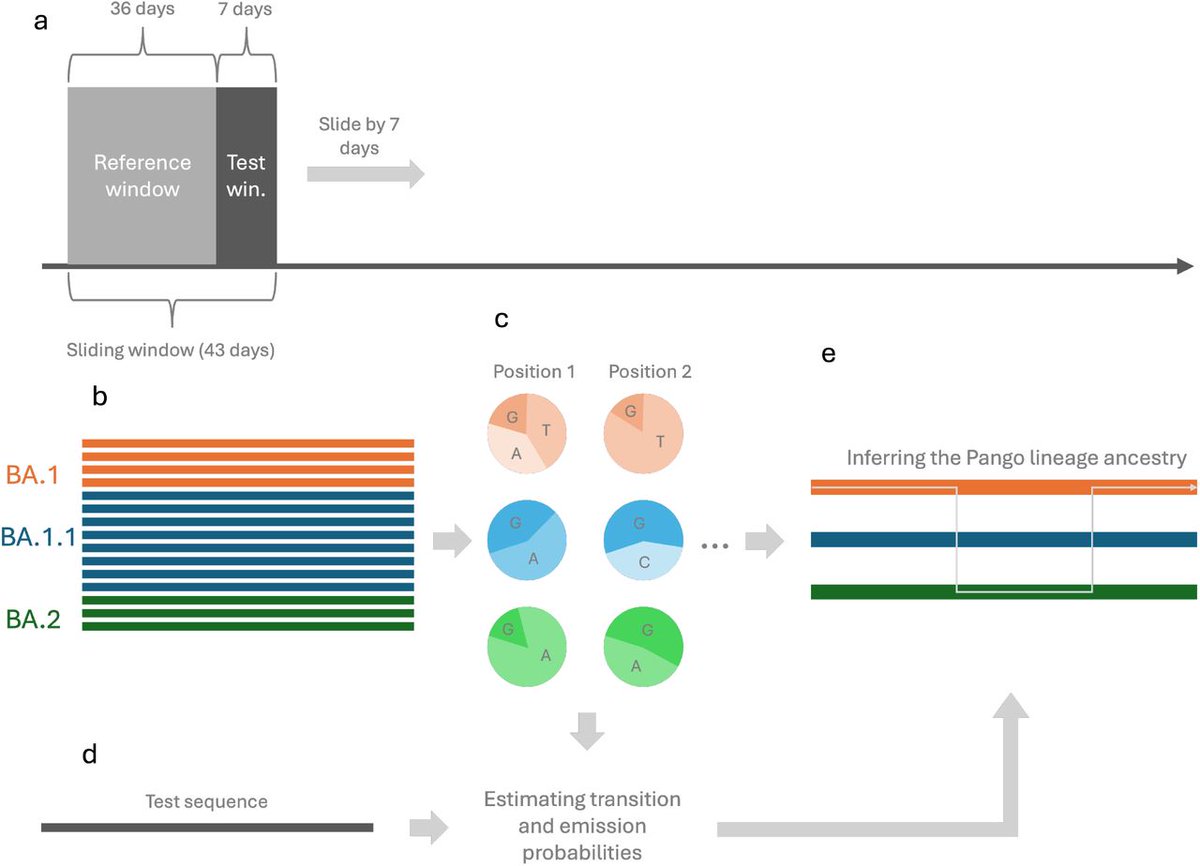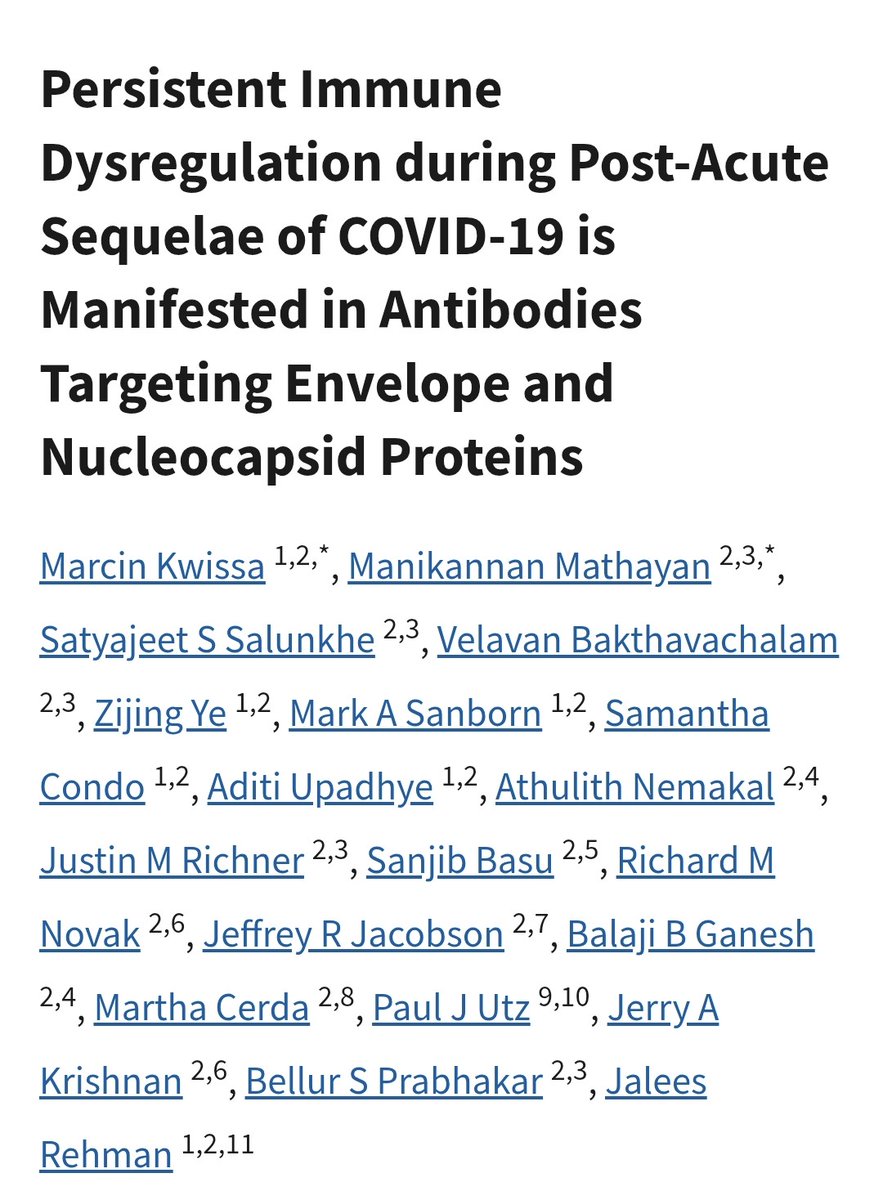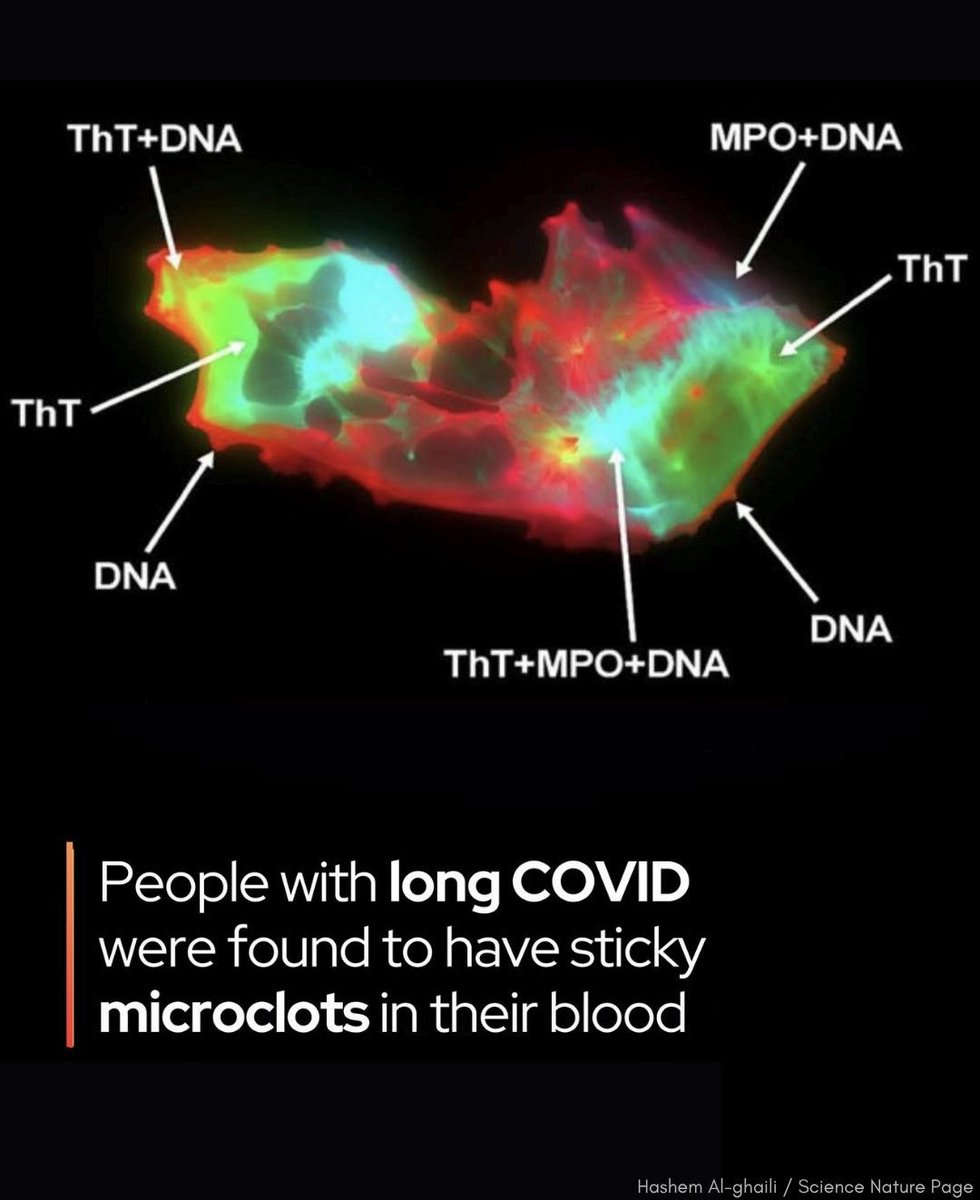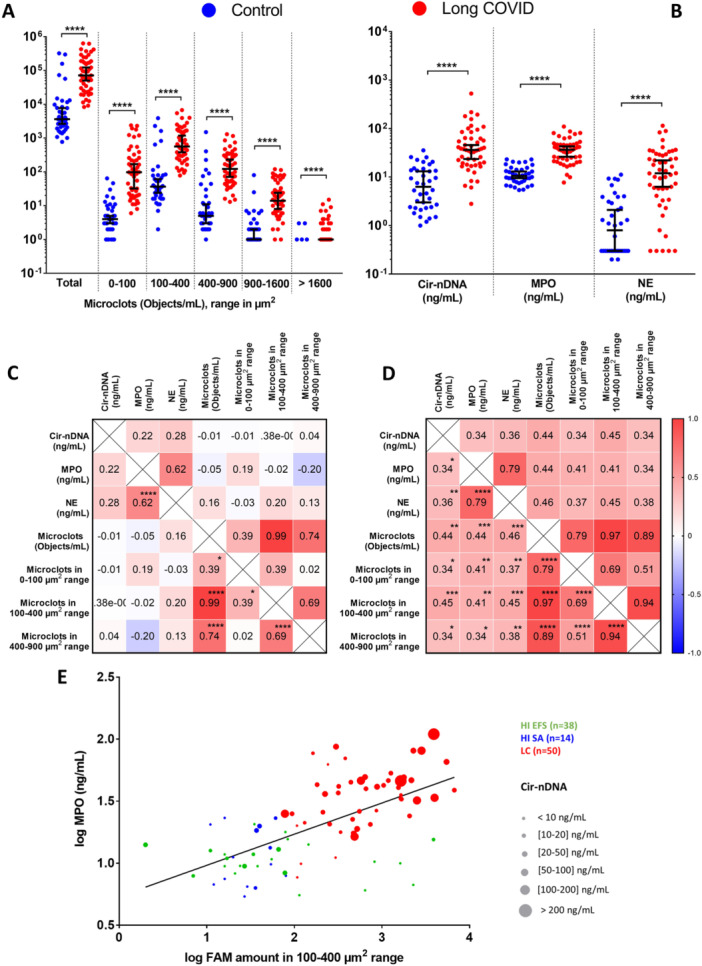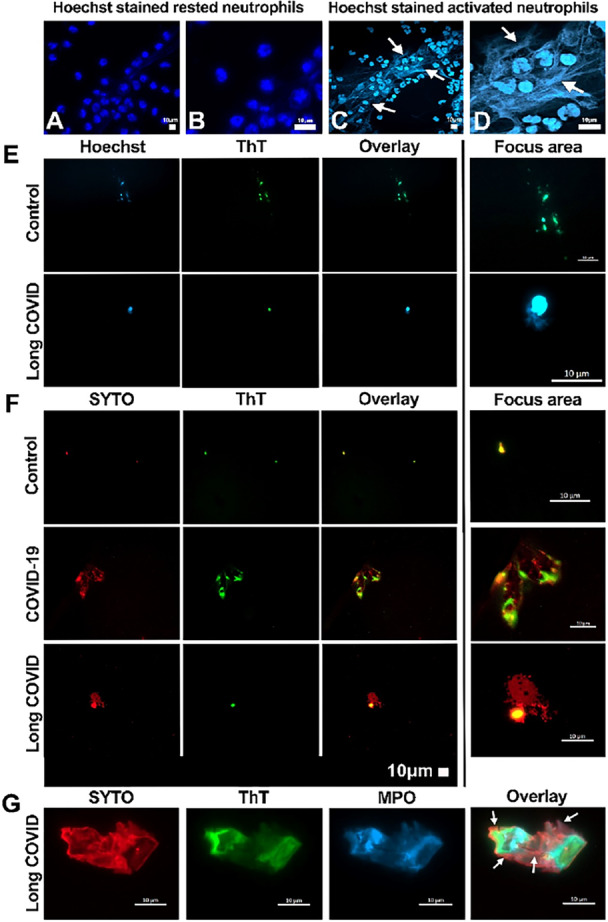2) The study investigated how previous vaccination with mRNA vaccines targeting the original Wuhan strain of SARS-CoV-2 affects the immune response to infection with the Omicron variant. 

3) Three groups of individuals were studied: 1) unvaccinated individuals infected with Omicron, 2) individuals vaccinated 3 times who were later infected with Omicron, 3) individuals vaccinated 3 times but uninfected. 

4) Vaccination increased plasma antibodies and neutralizing antibodies against Omicron, but it impaired the generation of new antibodies and B cells targeting mutated regions of the Omicron spike protein compared to unvaccinated infected individuals. 

5) T cell responses to mutated regions of the Omicron spike protein were similar between vaccinated infected/uninfected individuals and unvaccinated infected individuals, likely due to higher cross-reactivity of T cells. 

6) The findings suggest vaccination imprints the immune response and hinders the formation of antibodies and B cells targeting variants that have mutated sufficiently from the original strain.
7) This antigenic imprinting effect of vaccination could lead to a phenomenon called "original antigenic sin", whereby immunity fails to control a highly mutated variant that escapes existing vaccine-induced immunity.
8) The study highlights the importance of developing variant-adapted vaccines that can induce immune responses targeting both conserved and mutated regions of emerging variants.
9) Very interesting comments on this study ...
https://twitter.com/ENirenberg/status/1778784075987227126?t=eyfSJ4mRzAy4DO5cbf_zpA&s=19
• • •
Missing some Tweet in this thread? You can try to
force a refresh



